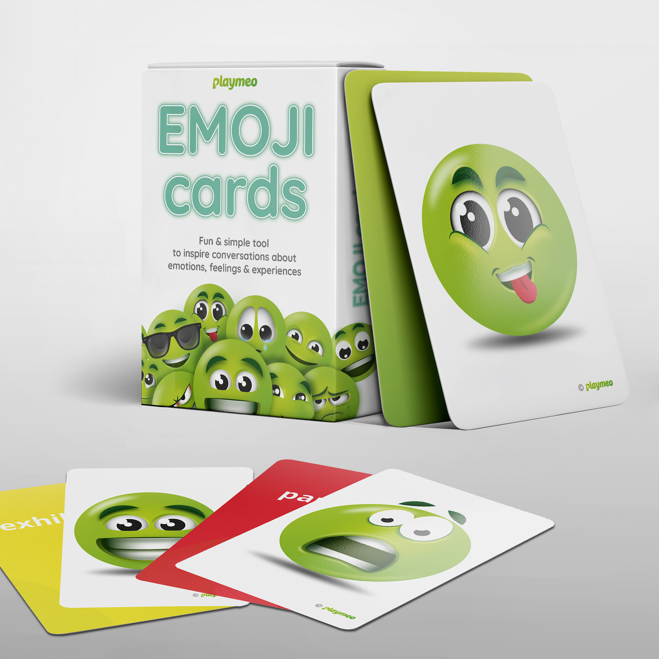20+ Fun & Engaging Ways to Form Random Pairs
So you’ve asked your group to pick a partner so that you can form smaller teams and… they immediately make a beeline to their best…

How often have you stopped (at the start of your program) to ask if your class or staff are ready to learn?
If you’re like me, you probably just turn up, presume that everyone who is assembled is good to go, and launch into your lesson or training, right?
This is not necessarily wrong, but this approach may not always be the most effective way to prepare your group for the journey ahead.
Last year, I was fortunate to participate in an online course with the folks at Berry Street Education Model. Wow, it was amazing.
There were so many things I learned and one of them was how they began every lesson. Naturally, they adopted a fun un-official start to engage people as they slowly trickled into the Zoom call. This was not news to me – but checking in with the group via a simple Ready To Learn diagram was.
Here’s an example of what I mean, a simple Ready to Learn scale I developed for one of my webinars soon after:

Adding images or emojis to your scale of statements makes it super-easy for the ‘students’ to assess their feelings. It’s so simple, so effective.
For the purposes of my BSEM course, we were invited to use the Annotate tool to add a mark to the screen to indicate how we were feeling. In the space of a few moments, the facilitator was able to gauge the mood in the room and either plough on as intended or adjust by presenting one or more activities to influence how everyone was feeling.
In the context of in-person programs, you could simply ask your participants to add a mark or write their name on a similar diagram you have produced on flipchart paper or the whiteboard.
Ready to Learn scales or diagrams invite participants to reflect on their emotional state to consider how prepared they are to learn. In the case of younger students, help your class to identify a range of strategies they can use to help them feel better and transform their emotions. You can use images, emojis, numbers, words/statements or a combination.
This type of check-in is the first step to developing the skills of self-regulation. Assessing one’s emotional state is a critical strategy for supporting and helping students prepare for learning, not to mention, giving the teacher a tool to assess where their group is at.
So, do you have a check-in routine or strategy?
To get you started, click the link below to download the full Ready to Learn diagram/screen I have used in many of my webinars and in-person trainings.
Download Ready to Learn Scale
I also encourage you to learn more about, indeed, sign-up for some of the courses Berry Street Educational Model conduct. Great people delivering great present. Tell ’em Mark sent you 🙂

Best-selling book featuring 150+ fun group games & activities. Scan QR codes to access digital content including videos.

Brand new deck of cards featuring emoji images to help you inspire conversations about emotions, feelings & experiences.
Download our free 28-page ebook jam-packed with outrageously fun activity ideas.
Just one more question:
We offer a range of membership plans with no surprises.
Click an option below & discover our simple pricing.

Click here if you’re a:

Click here if you represent a:
Explore plans for
10, 50, 200 or more
potential users